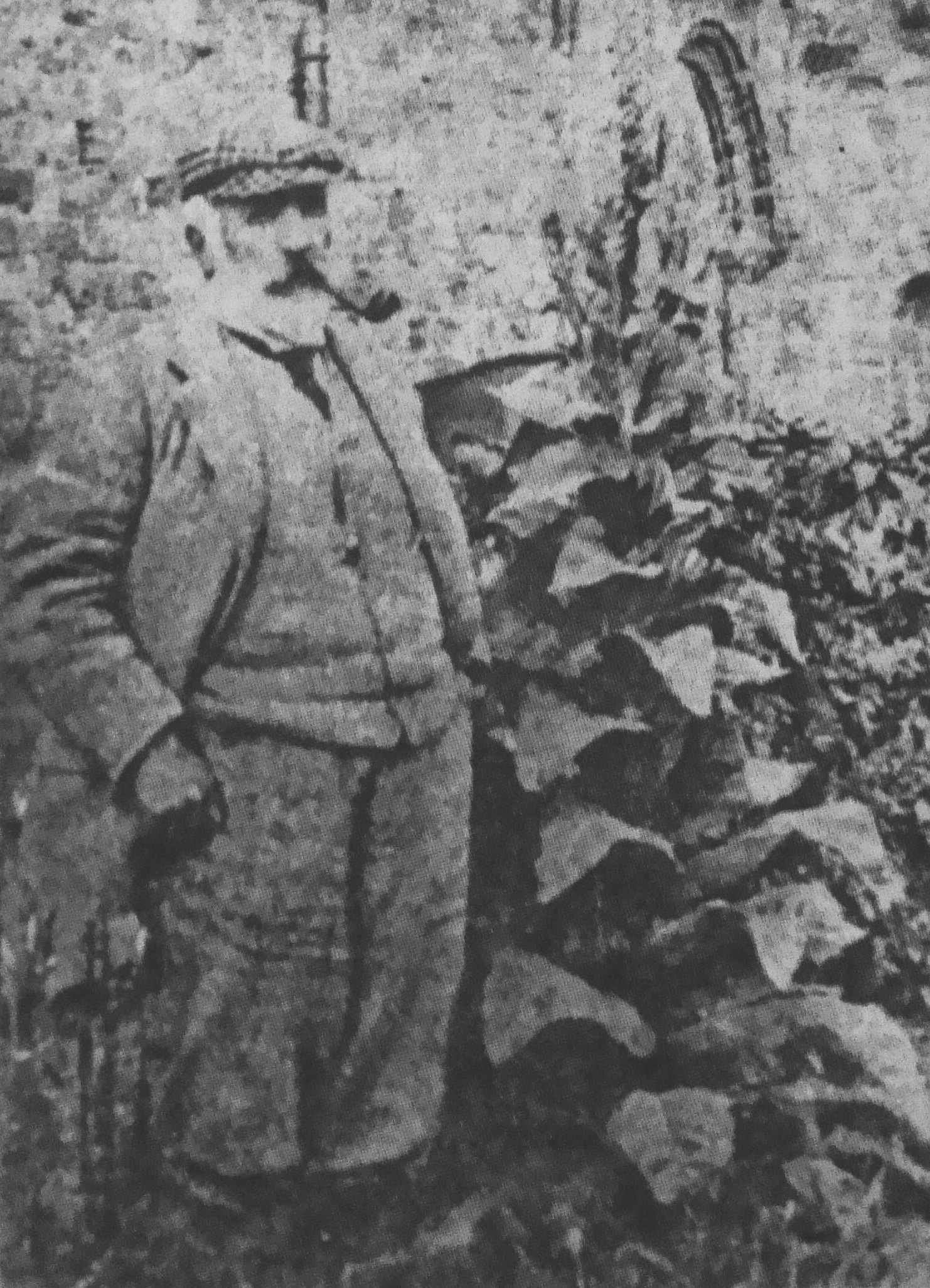Malabar Manual, Page 58 https://archive.org/details/MalabarLogan/page/n70
Malabar Manual (1887)
Works
Malabar Manual
William Logan (author)Famous William Logan (author) Quotes
LATE P.C.N. RAJA, RELIGIOUS INTOLERANCE OF TIPU SULTAN (This is the English translation of the Malayalam article by P.C.N. Raja first published in Kesari Annual of 1964. The late Raja was a senior member of the Zamorin Royal Family.) in Tipu Sultan: Villain or hero? : an anthology. (1993).
About William Logan
Malabar Manual, Page 144 https://archive.org/details/MalabarLogan/page/n156
Malabar Manual (1887)
Malabar Manual, Page 142 https://archive.org/details/MalabarLogan/page/n154
Malabar Manual (1887)
Malabar Manual, Page 142 https://archive.org/details/MalabarLogan/page/n154
Malabar Manual (1887)
Malabar Manual, Page 136 https://archive.org/details/MalabarLogan/page/n148
Malabar Manual (1887)
William Logan (author) Quotes
Malabar Manual, Page 136 https://archive.org/details/MalabarLogan/page/n148
Malabar Manual (1887)
Malabar Manual, Page 135 https://archive.org/details/MalabarLogan/page/n147
Malabar Manual (1887)
Malabar Manual, Page 122 https://archive.org/details/MalabarLogan/page/n134
Malabar Manual (1887)
Malabar Manual, Page 121 https://archive.org/details/MalabarLogan/page/n133
Malabar Manual (1887)
